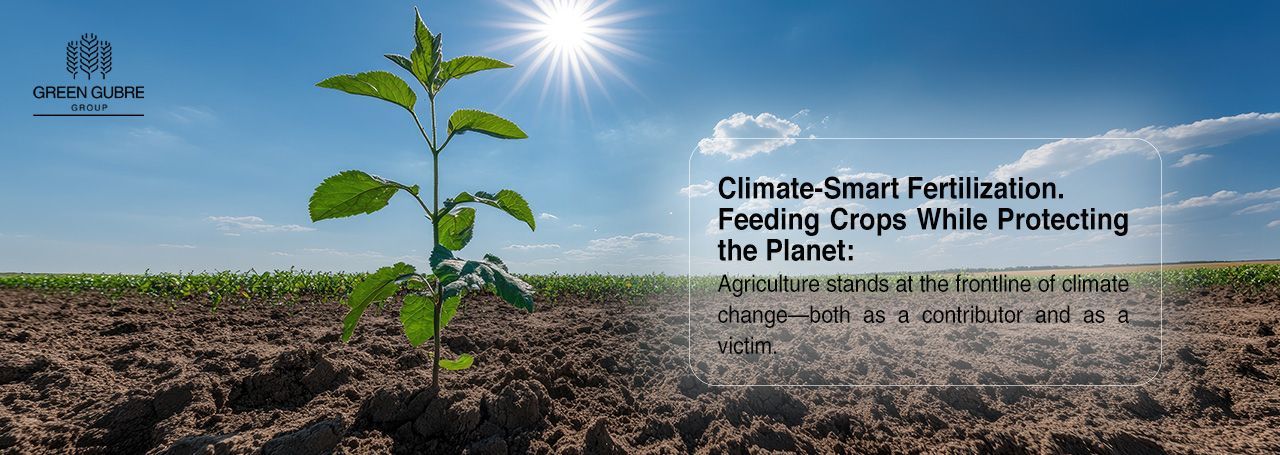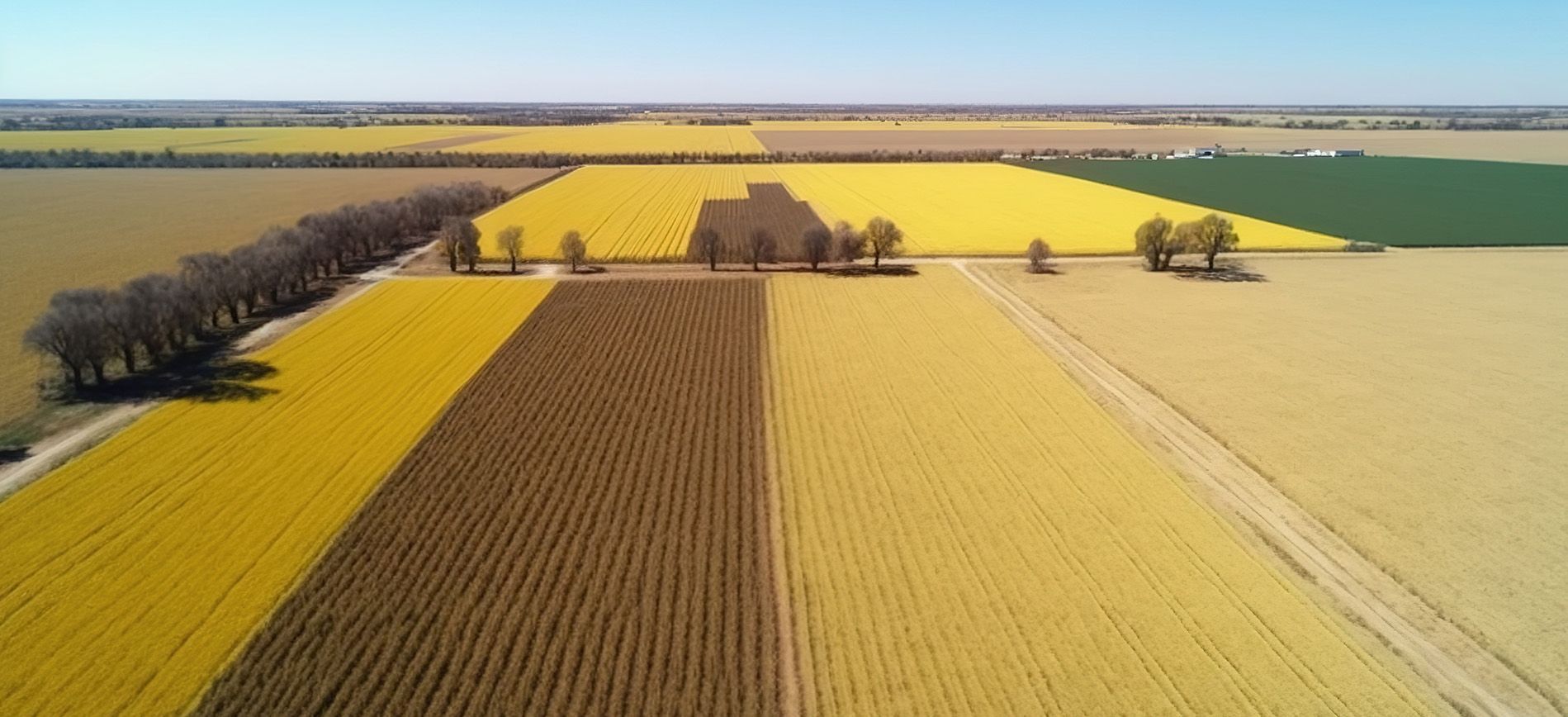Climate-Smart Fertilization – Feeding Crops While Protecting the Planet
Climate-Smart Fertilization – Feeding Crops While Protecting the Planet

Introduction: The Fertilizer Industry in the Age of Climate Change
Agriculture stands at the frontline of climate change—both as a contributor and as a victim. Fertilizers, while critical to feeding a growing global population, are also responsible for significant greenhouse gas (GHG) emissions, especially nitrous oxide (N₂O) from nitrogen-based fertilizers. To remain viable, farming must evolve into a climate-resilient system.
Climate-smart fertilization represents this evolution. It encompasses not only reducing emissions but also improving soil health, optimizing resource use, and building resilience to droughts, floods, and rising temperatures. This approach aligns productivity with sustainability.
What Is Climate-Smart Fertilization?
Climate-smart fertilization refers to the strategic use of nutrients that support agricultural productivity while:
- Lowering GHG emissions
- Enhancing soil carbon sequestration
- Improving fertilizer efficiency
- Adapting to climatic risks
This approach integrates:
- Enhanced Efficiency Fertilizers (EEFs)
- Precision nutrient application
- Soil and tissue testing
- Organic matter management
- Digital tools for monitoring inputs
Core Practices of Climate-Smart Fertilization
To implement climate-smart fertilization, growers can adopt several interrelated strategies:
1. Use of EEFs (Enhanced Efficiency Fertilizers)
Such as:
- Urease inhibitors (e.g., NBPT) to reduce ammonia emissions
- Nitrification inhibitors (e.g., DCD, DMPP) to reduce nitrate leaching and N₂O emissions
- Slow- and controlled-release fertilizers for precise nutrient availability
These practices can cut nitrogen-related GHG emissions by up to 50%.
2. Precision Agriculture Technologies
Including:
- GPS-guided spreaders
- Variable Rate Application (VRA) systems
- Remote sensing and soil mapping
Precision ensures that fertilizers are applied only where and when needed, cutting waste and emissions.
3. Organic and Bio-Based
Fertilizers
Incorporating compost, biofertilizers, and humic substances not only reduces synthetic fertilizer demand but also boosts soil organic carbon.
4. Balanced Nutrient Management
Over-reliance on nitrogen without adequate phosphorus, potassium, and micronutrients can lead to increased inefficiencies. Balanced fertilization prevents excesses that can trigger emissions or leaching.
Environmental and Economic Benefits
Climate-smart fertilization isn’t just good for the planet—it’s smart economics:
| Benefit | Impact |
|---|---|
| Reduced GHG Emissions | Up to 50% less N₂O from nitrification inhibitors |
| Increased NUE | 20–40% increase in nitrogen uptake efficiency |
| Better Yield Resilience | CandiceCrops perform better in heat and drought |
| Input Cost Savings | Less fertilizer waste and fewer applications |
| Carbon Credit Opportunities | Participation in voluntary carbon markets |
In countries such as Brazil, Germany, and India, climate-smart fertilization is now integrated into national sustainability frameworks.
Policy Support and Market Incentives
Policymakers are now viewing fertilizers through the climate lens:
- European Union: Emission ceilings and nitrate directives promote the use of stabilized fertilizers and balanced nutrition.
- United States: 4R Nutrient Stewardship programs incentivize precision and EEF use.
- China & India: Subsidies tied to fertilizer reform and GHG mitigation
- Africa: Climate-resilient input programs supported by global NGOs
Furthermore, climate-smart practices open doors to green finance, certification programs, and sustainable export opportunities.
Green Gubre Group’s Climate-Smart Solutions
At Green Gubre Group, we actively support the transition to climate-smart agriculture by offering:
- Nitrogen stabilizers (NBPT, DCD, DMPP)
- Controlled-release urea for major cereal and horticultural crops
- Low-carbon NPK blends with optimized nutrient ratios
- Soil testing and tailored fertility plans
- Technical advisory for precision nutrient placement and timing
- Sourcing support for biofertilizers and compost-enriched blends
Our solutions help farmers meet productivity, profitability, and environmental targets simultaneously.
Looking Ahead: A Fertilizer Future That’s Sustainable
As climate risks intensify and environmental regulations become stricter, fertilizer strategies must adapt. Climate-smart fertilization is no longer just a trend—it’s a critical pillar of future-ready farming.
By combining innovation, science, and stewardship, we can feed the world while protecting its climate, water, and soil for generations to come.




